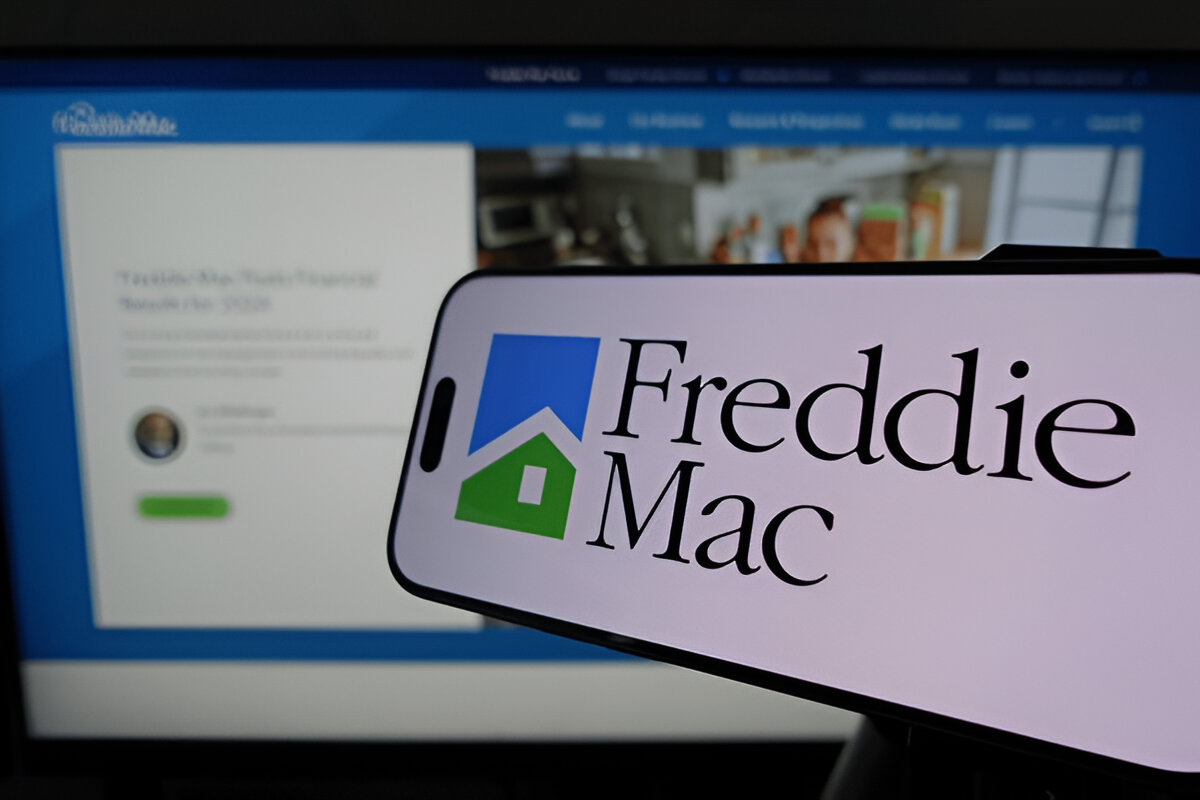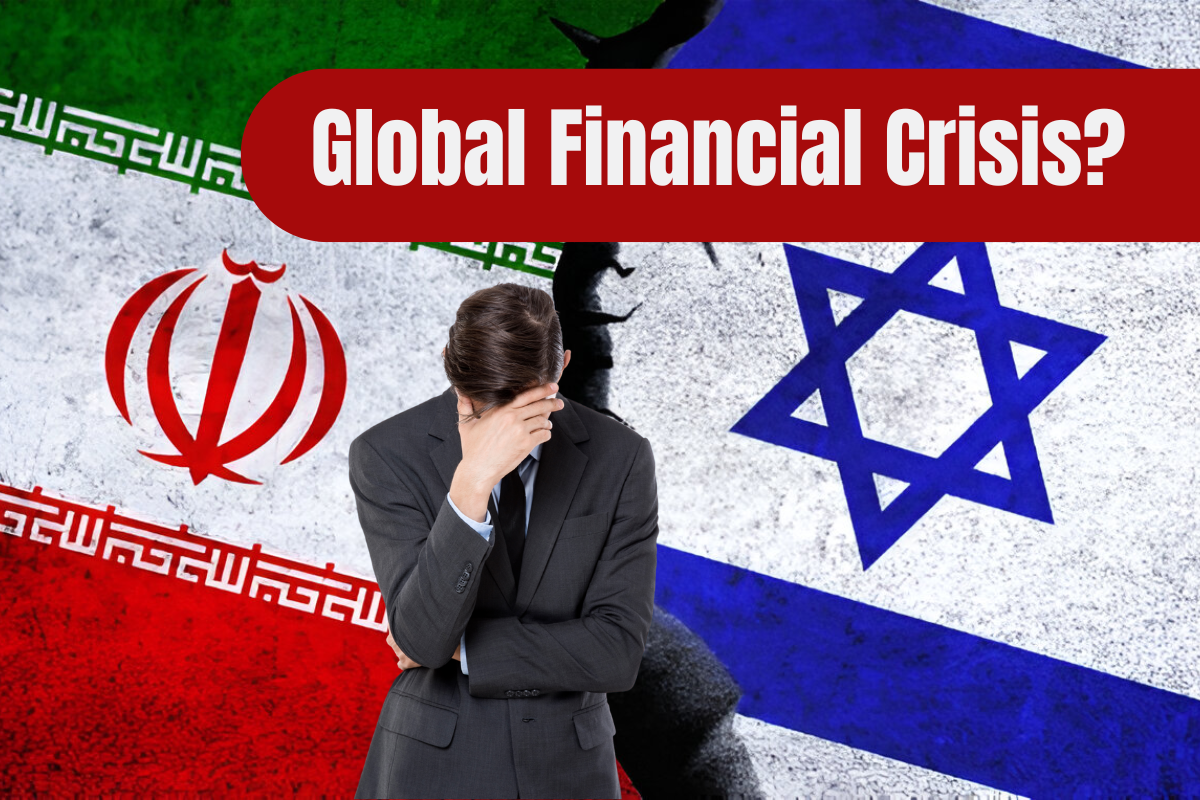HugoRoundhouse.org provides the audience with fast, valid information on investments and the latest market and financial events with the use of modern, reliable and top-notch analytical tools. A reliable financial news platform is where you can get all the necessary information you may need on stocks, economic developments, and personal finance strategies.
Freddie Mac has quietly but successfully introduced a significant shift into the mortgage finance space. The enterprise has just assigned a value of $284.2 million to a new securitization loan creation that could not have been the main subject of a press release, but its attributes point to a greater movement in progress.
The action of the transaction, referred to as Seasoned Loans Structured Transaction Trust (SLST), represents only a part of Freddie Mac’s strategy in the process of divesting itself gradually of legacy mortgage assets. The significance of the sale is that it was really not that, but achieving other purposes through the process, such as the attraction of new investors and transferring the process into the further phase of housing finance. The ones that are left are just part of Freddie Mac’s strategy to change their loan liabilities into less liquid and older ones.
A $284M Deal Up Close
The securitization vehicle brings together nearly 1,900 residential mortgage loans — where many of them are seasoned loans that had been originated quite some time ago. For example, former struggling borrowers were given the opportunity to switch their mortgage terms during previous downturns. Besides, other credits have continuously been performing without any hinder and some people have transferred them to this new trust.
This is a combination of the initial larger market (the senior tranche) which has been sliced up in different ways due to sale and securitization activities, and the secondary market (the sub-part) representing the non-guaranteed slice that was recently auctioned. The main and most valuable part is the senior tranche, with the lower-ranked sub-part that was not guaranteed recently being traded at an auction to the investors.
The deal will be concluded during the last week of May. Following that, the servicing of the loans will be transferred to a private sector entity, which is part of Freddie Mac’s strategy to remain vigilant and trimmed down.
Why Freddie Mac Doing This
Freddie Mac is the holder of a very big portfolio of mortgage assets. However, not all of the asset portfolios are easy to manage. Old, well-seasoned loans — especially those that have been changed — this comes with risks and challenges. They may block capital, raise admin costs and make credit risks evident.
The systematic sale of these assets with structured transactions marks several accomplishments of Freddie Mac. The company firstly transfers the risk of credit from taxpayers to the private market. The second one is to adjust its balance sheet’s flexibility. And thirdly and finally, the company facilitates the supply of capital throughout the mortgage system itself without the adding on of more burdens.
This very securitization just remains a single player in their extensive strategy. In all these years, Freddie Mac has moved tens of billions of dollars in this manner without much fanfare, thus giving the company the chance to act more like a market participant and less like a bailout-era insurer.
What It Lets for the Mortgage Market
While this action may be seen as a process, it is crucial. Every time Freddie Mac does such a deal, it allows the private investors to play in the field of mortgage-backed securities. This enhances the market’s liquidity.
Irrespective of the above cash, as the profit and the risks are spread out, the investors who are the holders of the subordinated certificates have to accept the most part of the credit exposure, which in turn gives space for the expansion of Freddie’s business lines including those regarding affordable housing.
This is also a means by which government’s assistance is lessened during downturn periods that is a critical sensitivity made by the last global economic crisis in 2008.
Could this be a hint that the company will be privatized?
Even though Freddie Mac is still regulated by the government, a significant part of the industry believes that agreements such as the one in the above extract are indeed a part of a company’s forward-thinking plans for the future while getting out of conservatorship seems quite possible.
By demonstrating that it can run risk on its own and that it can work in a free market with other firms, Freddie Mac may be making it possible the future talks about the privatization of the company. Private capital is once again at the center stage of the political arena and quickly becoming the area of discussion.
At $284 million, the SLST sale of Freddie Mac may not be the headline in the current day and age, but it clearly communicates the transforming nature of the mortgage market. The company is increasingly reliant on private capital while the risk factor it is exposed to diminishes. It means the company is narrowing down its role and perhaps a beginning of a brand the U.S. housing finance industry had never experienced.
This move probably marks the start of something major for Freddie Mac, so we are going to follow in real time all the developments they have. This is likely a trail-blazing play for them.











